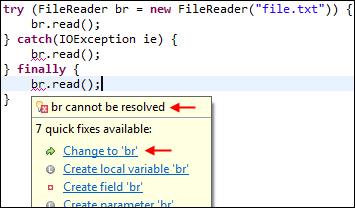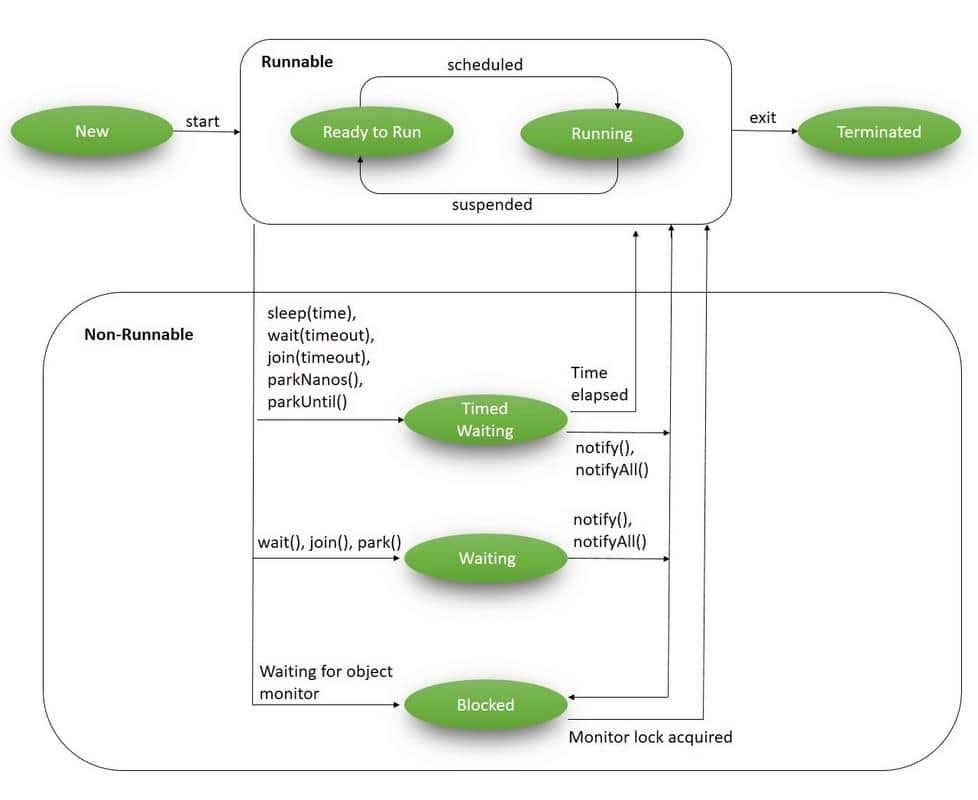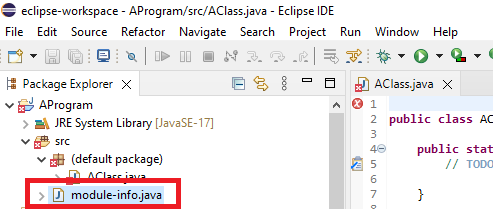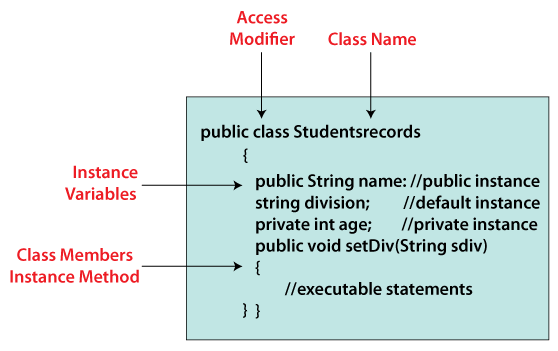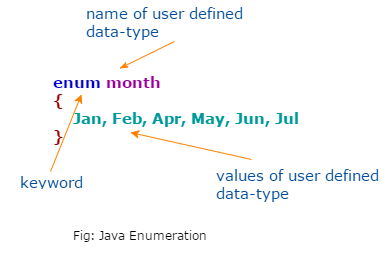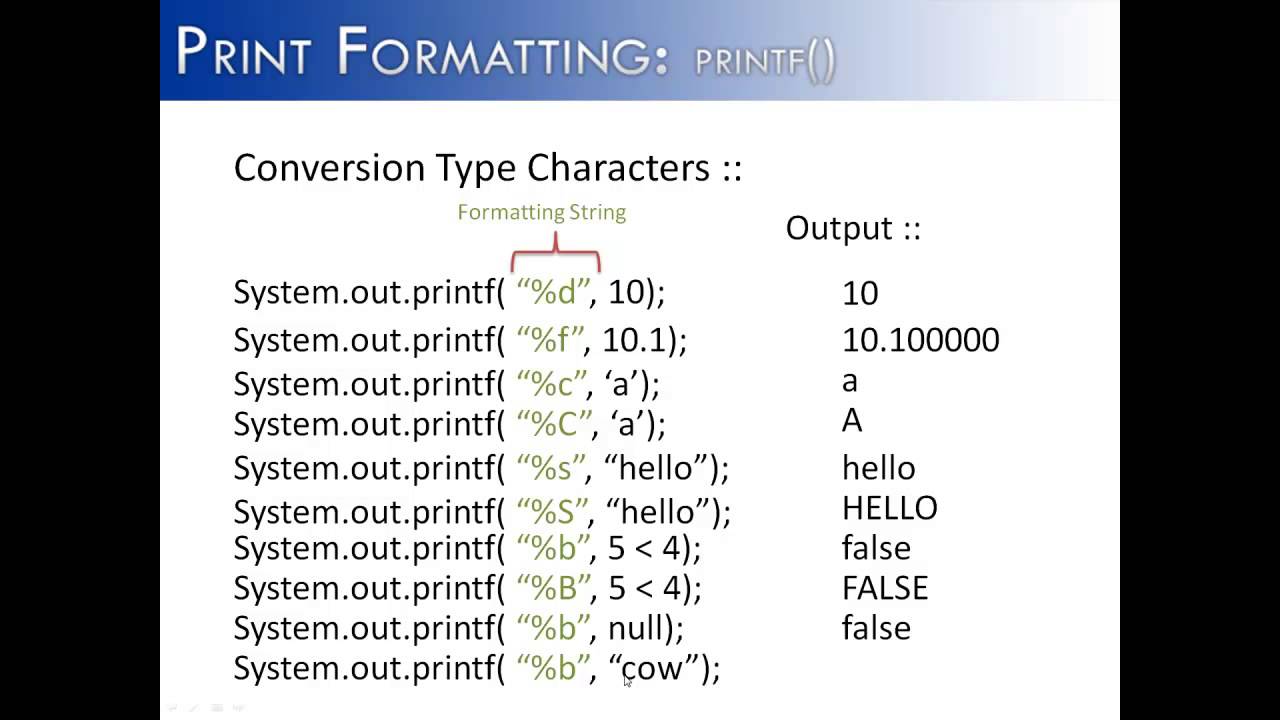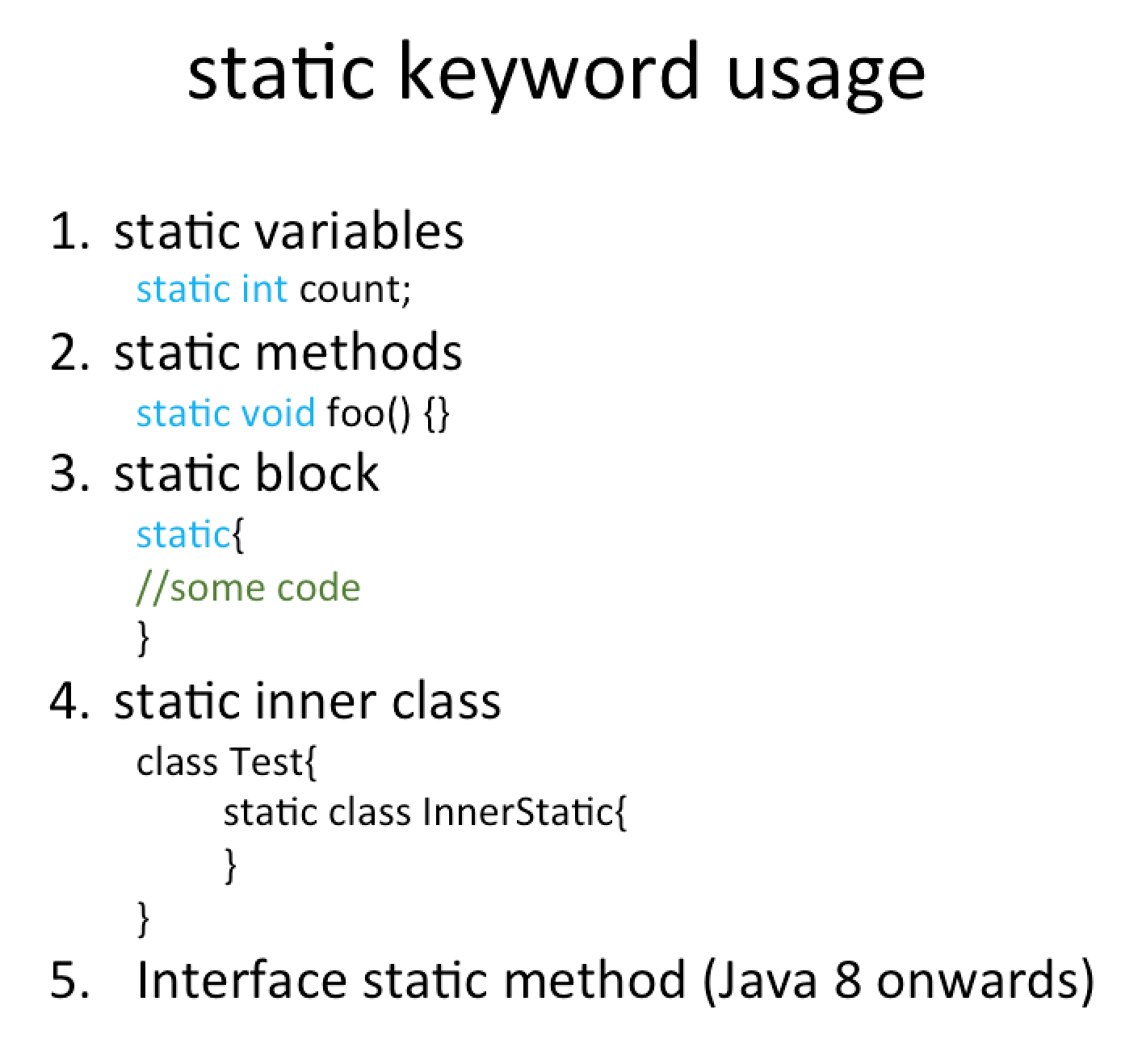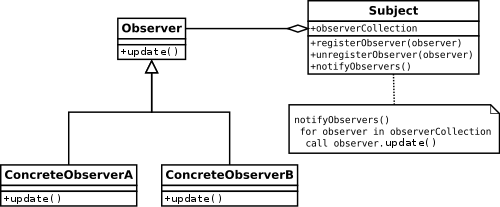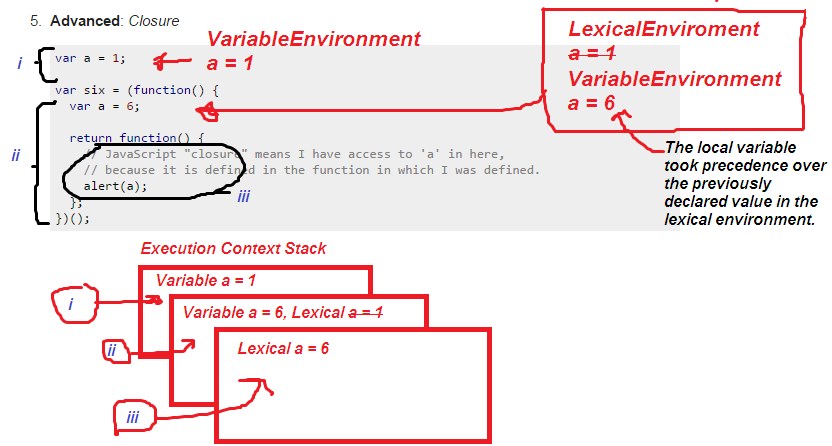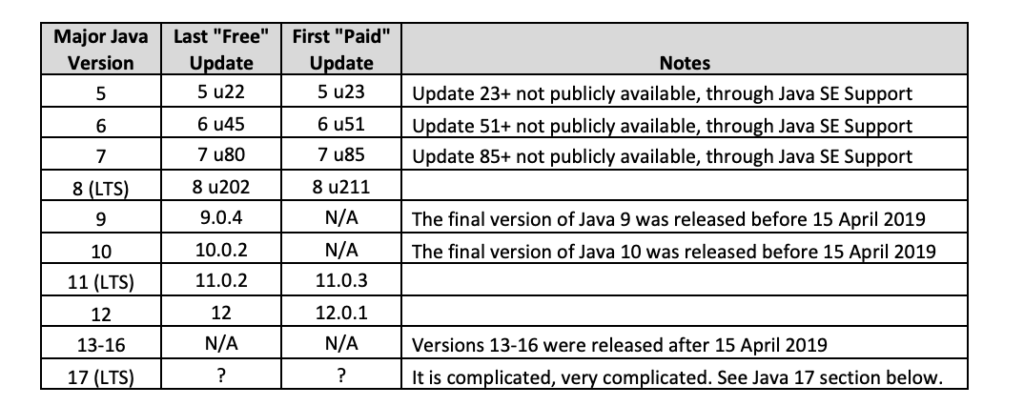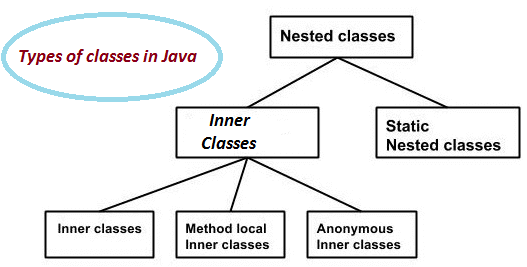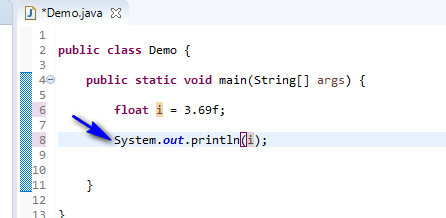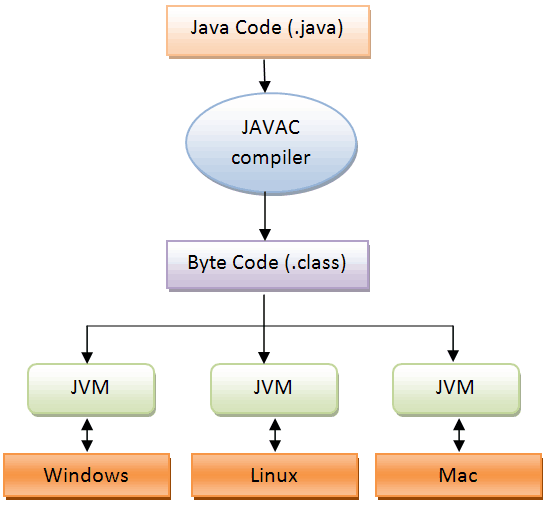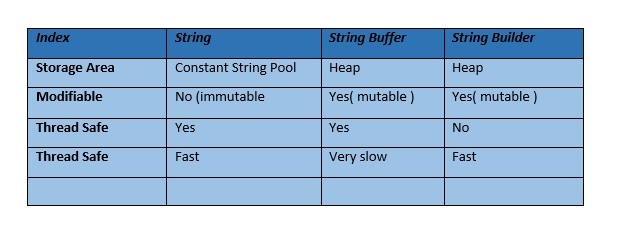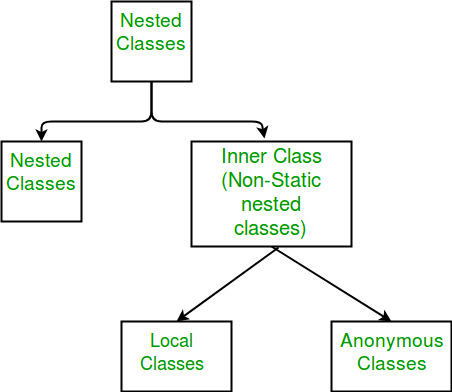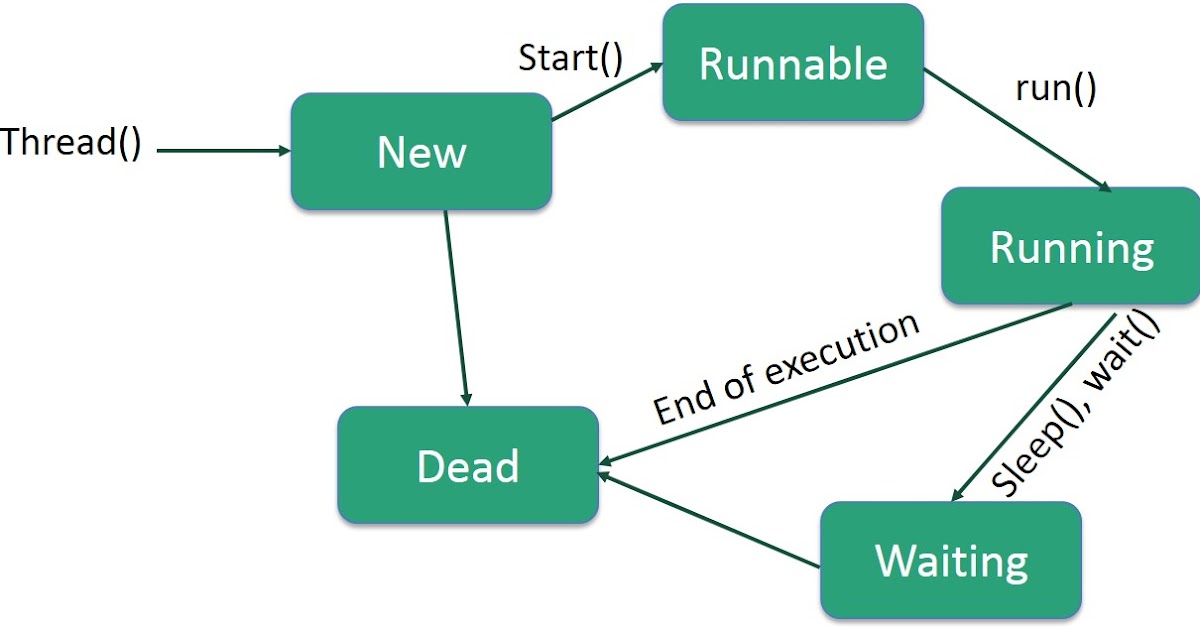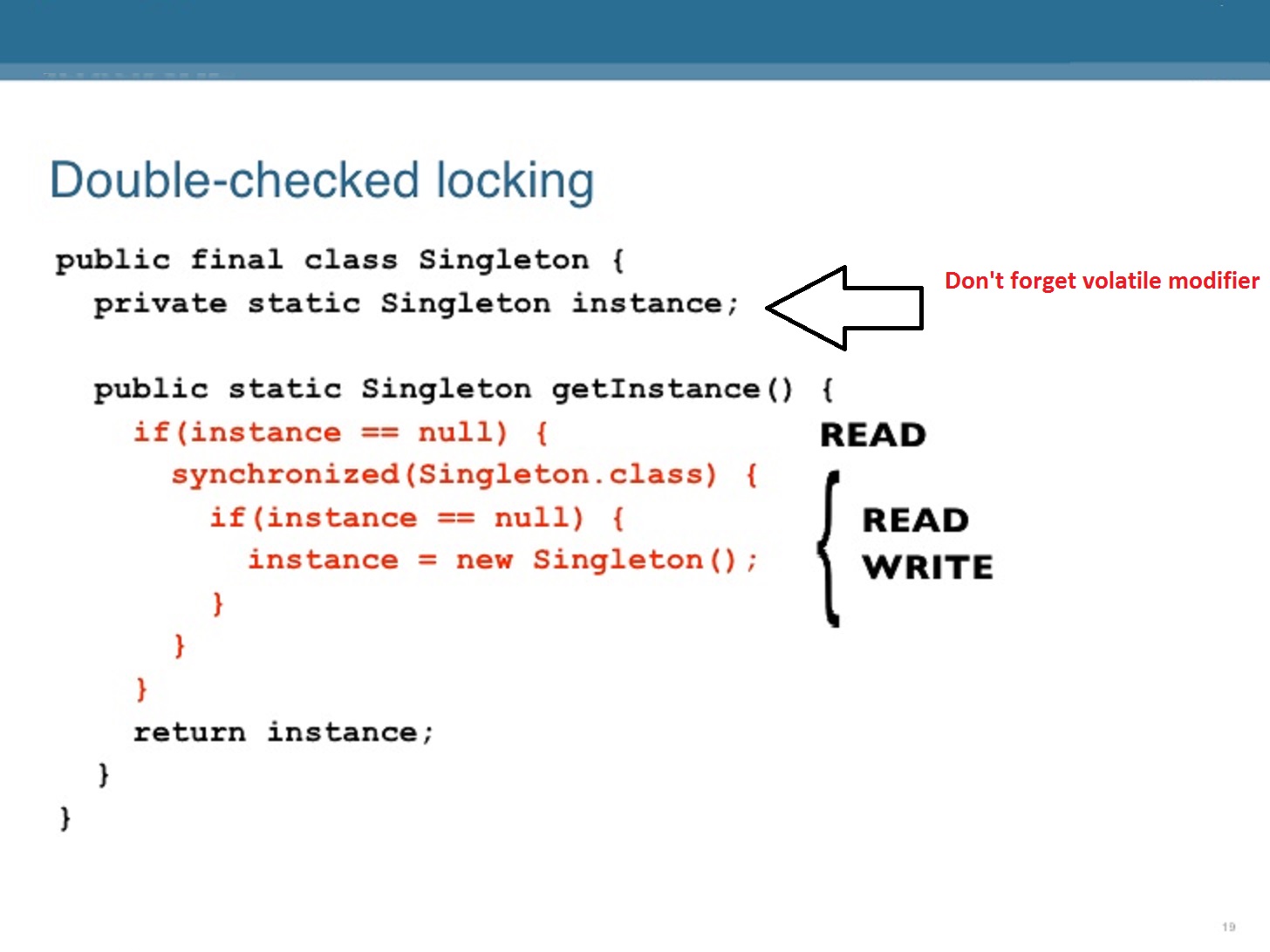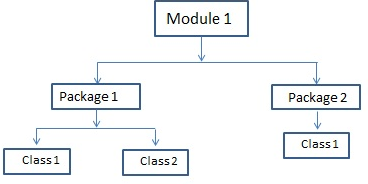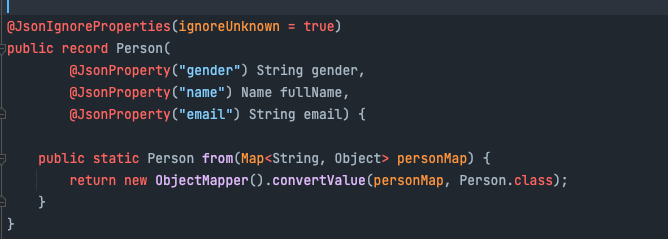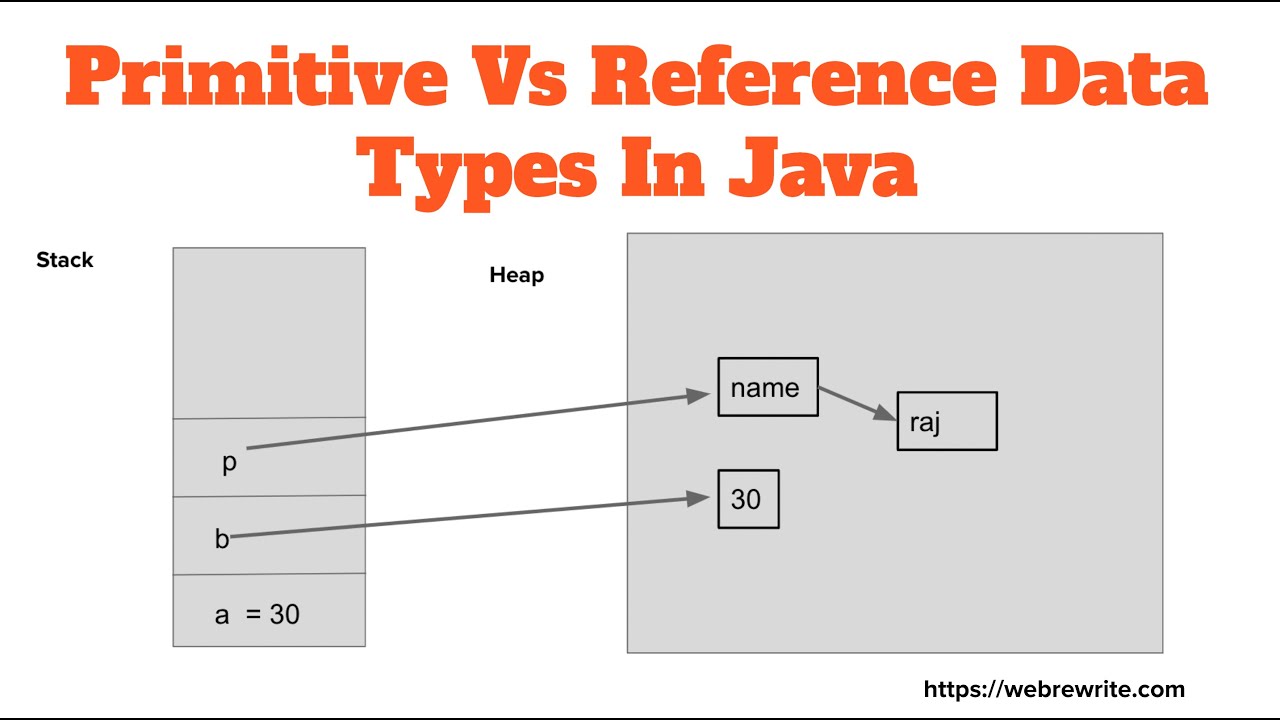synchronized lock java
synchronized lock java
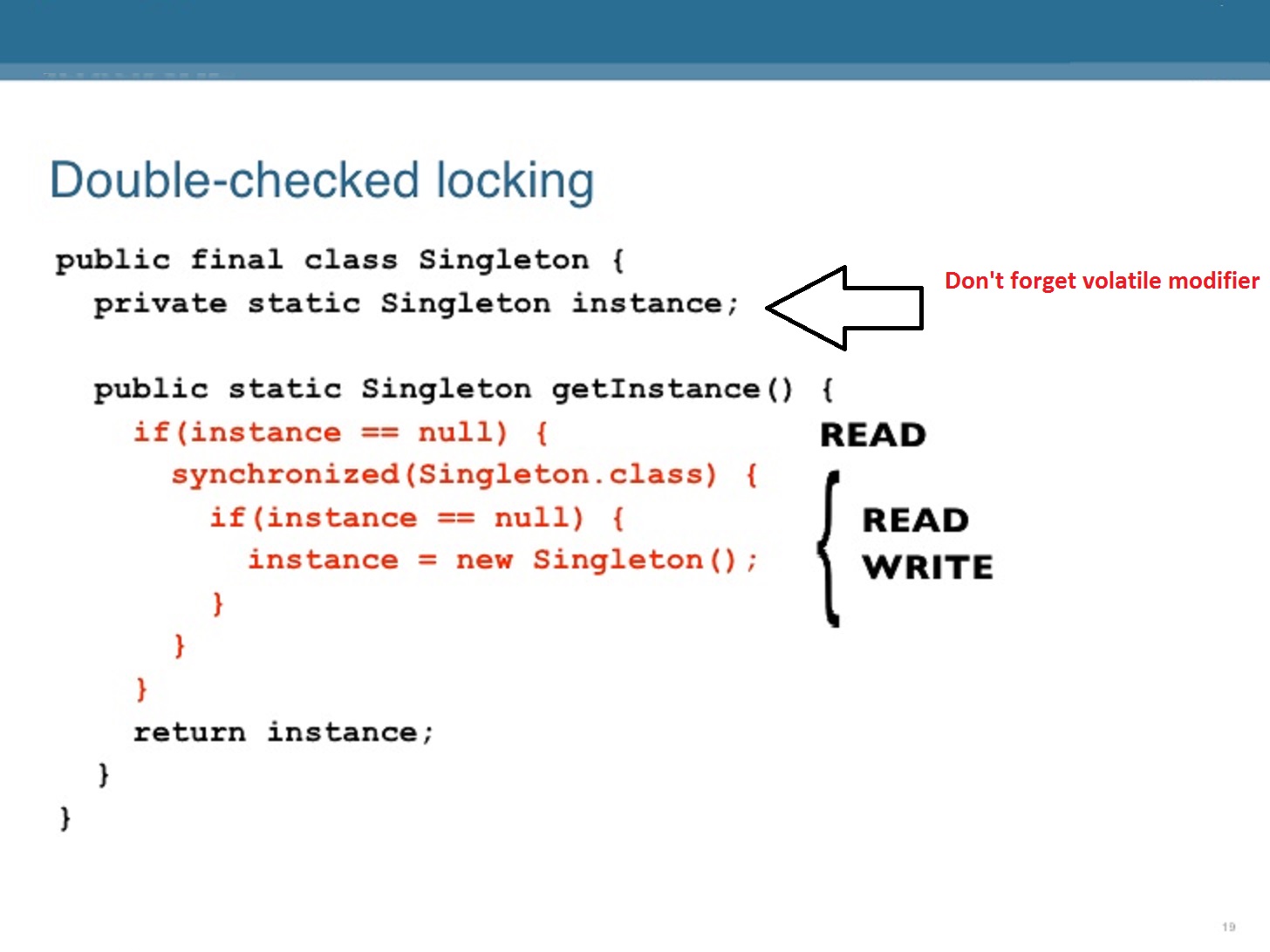
I'm happy to help you with that! Here's a comprehensive explanation of how to implement a synchronized lock in Java:
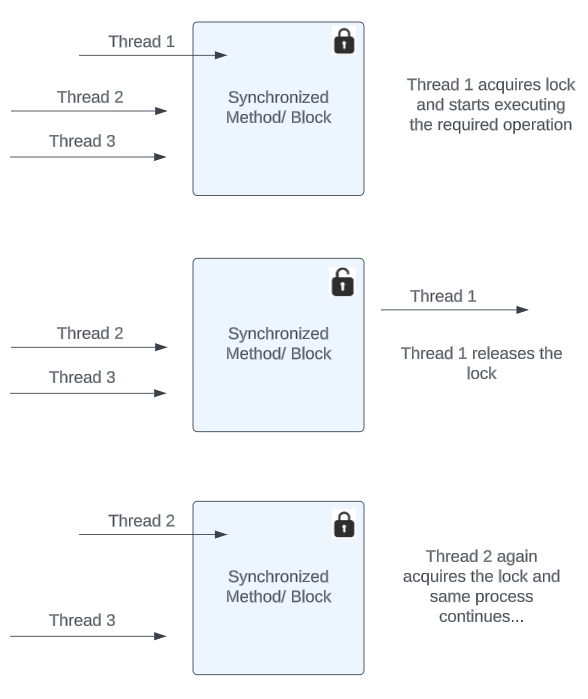
What is Synchronized Lock?
In Java, the synchronized keyword is used to synchronize access to an object or method by multiple threads. It ensures that only one thread can execute the synchronized code at any given time.
How Does it Work?
When a thread tries to enter a synchronized block of code, it will:
Check if the object has already been locked by another thread. If so, wait until the lock is released. If not, acquire the lock and proceed with executing the code. When the thread is done executing the code, release the lock.Implementing Synchronized Lock
You can synchronize a block of code using the synchronized keyword:
public class MyExample {private Object lock = new Object();
public void myMethod() {
synchronized (lock) {
// Code that needs to be synchronized
}
}
}
In this example, we're synchronizing access to the myMethod() method using an anonymous object (Object).
Alternatively, you can synchronize a method using the synchronized keyword:
public class MyExample {public synchronized void myMethod() {
// Code that needs to be synchronized
}
}
In this case, we're synchronizing access to the entire method. Any threads trying to enter the method will need to acquire the lock before proceeding.
Synchronized Blocks vs Synchronized Methods
When deciding whether to use a synchronized block or a synchronized method, consider the following:
Use a synchronized block when you only need to synchronize a specific piece of code. Use a synchronized method when you want to synchronize all access to that method.Best Practices for Using Synchronized Locks
Use synchronization sparingly: Only use synchronization when necessary, as it can introduce performance bottlenecks and increase the risk of deadlocks. Use the smallest lock scope possible: Limit the synchronized block or method to only what's needed to avoid unnecessary locks. Avoid holding locks for long periods: Try to release locks as soon as possible to minimize contention and improve responsiveness.Common Synchronization Issues
Deadlock: When two threads are waiting for each other to release a lock, causing a deadlock situation. Livelocks: When multiple threads are competing for the same lock, but none can proceed due to mutual exclusion. Starvation: When one thread is repeatedly blocked by others, preventing it from making progress.To avoid these issues, use synchronization judiciously and follow best practices.
I hope this helps you understand how to implement a synchronized lock in Java!
java lock try-with-resources
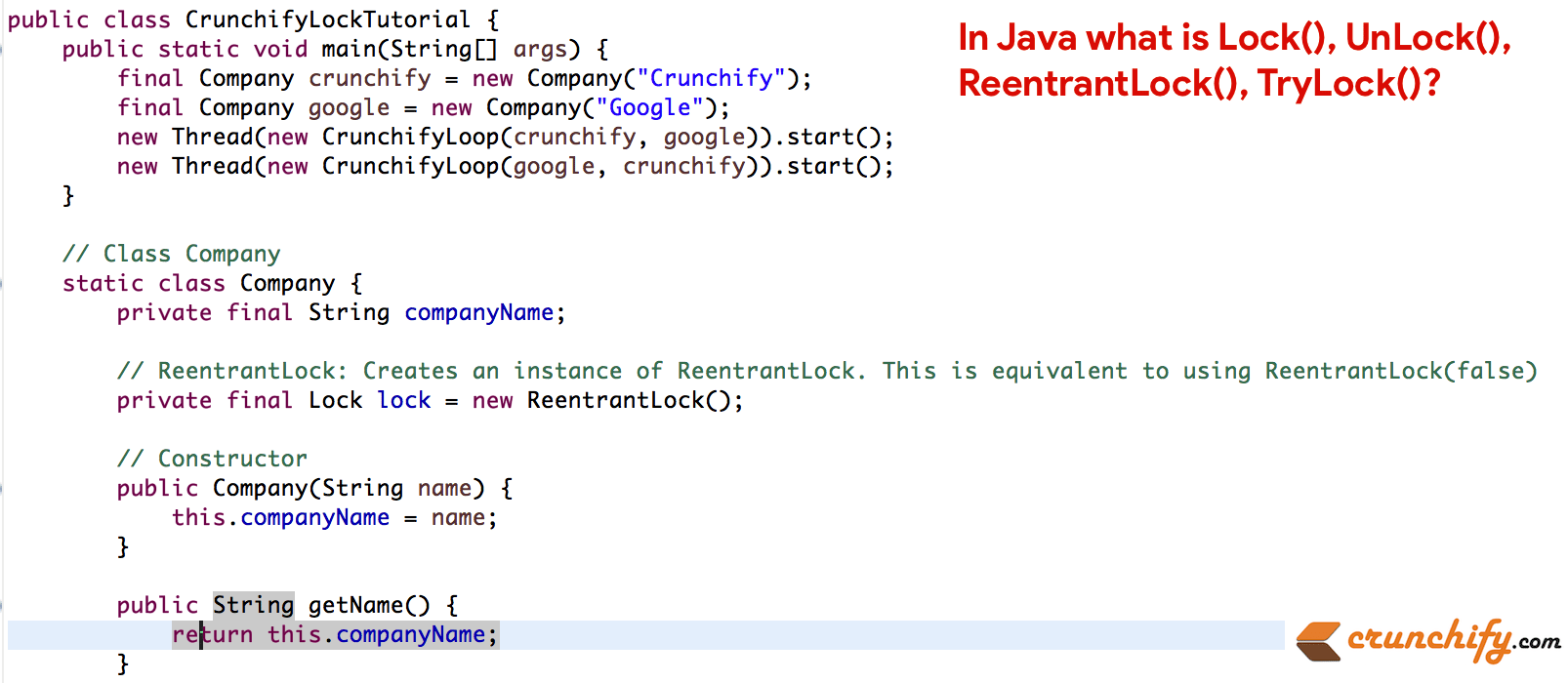
Here is the explanation of try-with-resources statement in Java with a focus on locks:
In Java, try-with-resources statement was introduced in version 7 as part of the try-catch-finally structure. It is used to manage resources that need to be closed after use, such as streams or sockets.
The main purpose of try-with-resources statement is to ensure that resources are properly closed even if an exception occurs. Without this feature, developers would have had to manually handle the closing of resources which could lead to memory leaks and other issues.
A typical try-with-resources statement looks like this:
try (Lock lock = new ReentrantLock()) {// code that uses the lock
} catch (Exception e) {
// exception handling code
}
In this example, ReentrantLock is a type of lock that allows nested lock acquisitions. The try-with-resources statement ensures that the lock object is closed after use, regardless of whether an exception occurs or not.
When an exception occurs within the try block, the catch block will be executed and the finally block (if present) will be executed to close the resources. If no exception occurs, the finally block will still be executed to ensure that the resources are properly closed.
Now, let's talk about locks specifically. Locks in Java provide a way to synchronize access to shared resources. For example, you might have multiple threads accessing a shared data structure, and you need to ensure that only one thread can modify it at any given time.
Here is an example of using try-with-resources with ReentrantLock:
try (Lock lock = new ReentrantLock()) {// acquire the lock
lock.lock();
try {
// code that needs exclusive access
} finally {
// release the lock
lock.unlock();
}
} catch (Exception e) {
// exception handling code
}
In this example, we use ReentrantLock to synchronize access to a shared resource. The try-with-resources statement ensures that the lock is released after use, regardless of whether an exception occurs or not.
Try-with-resources provides a way to manage resources in a more robust and efficient manner. It helps ensure that resources are properly closed, which can prevent memory leaks and other issues. This feature is particularly useful when working with locks and other resources that need to be carefully managed.
In summary, try-with-resources statement in Java is a powerful feature that provides a way to manage resources in a more robust and efficient manner. It ensures that resources are properly closed after use, regardless of whether an exception occurs or not. This feature is particularly useful when working with locks and other resources that need to be carefully managed.

